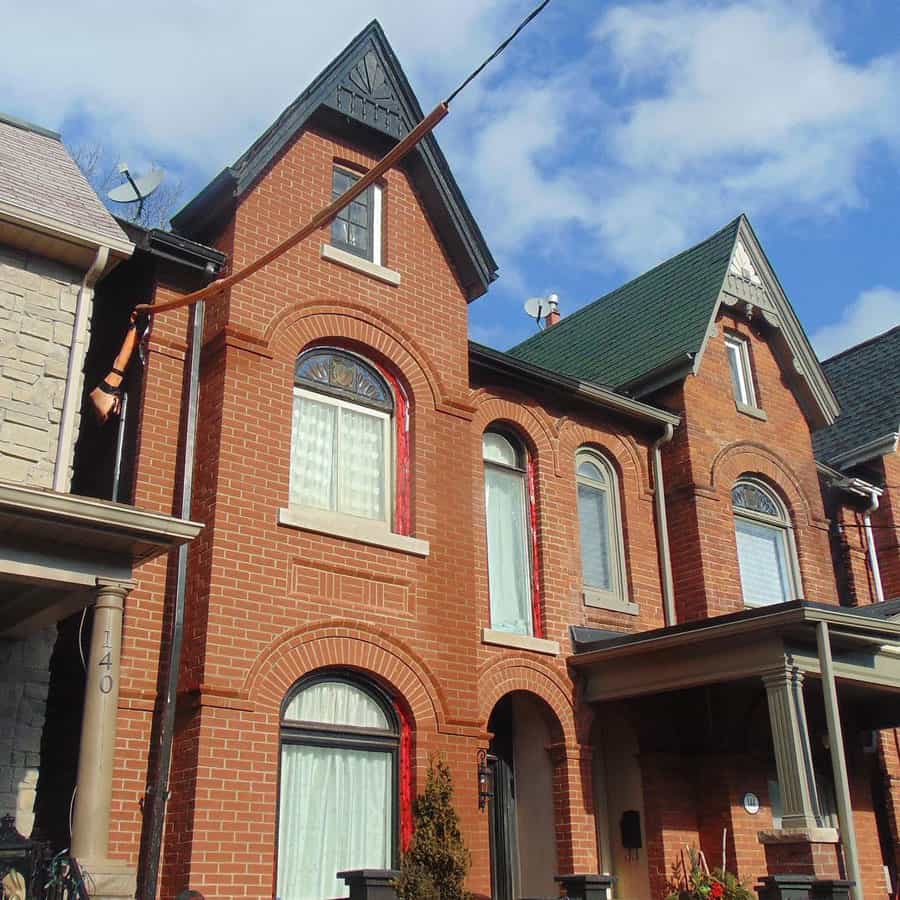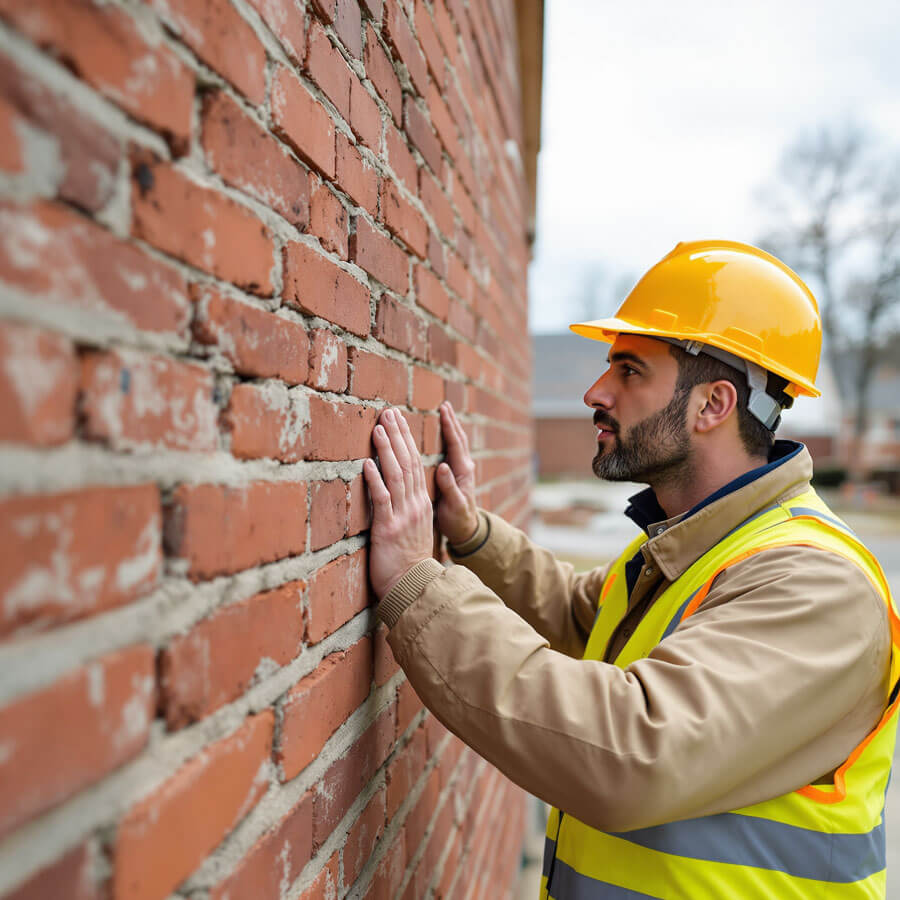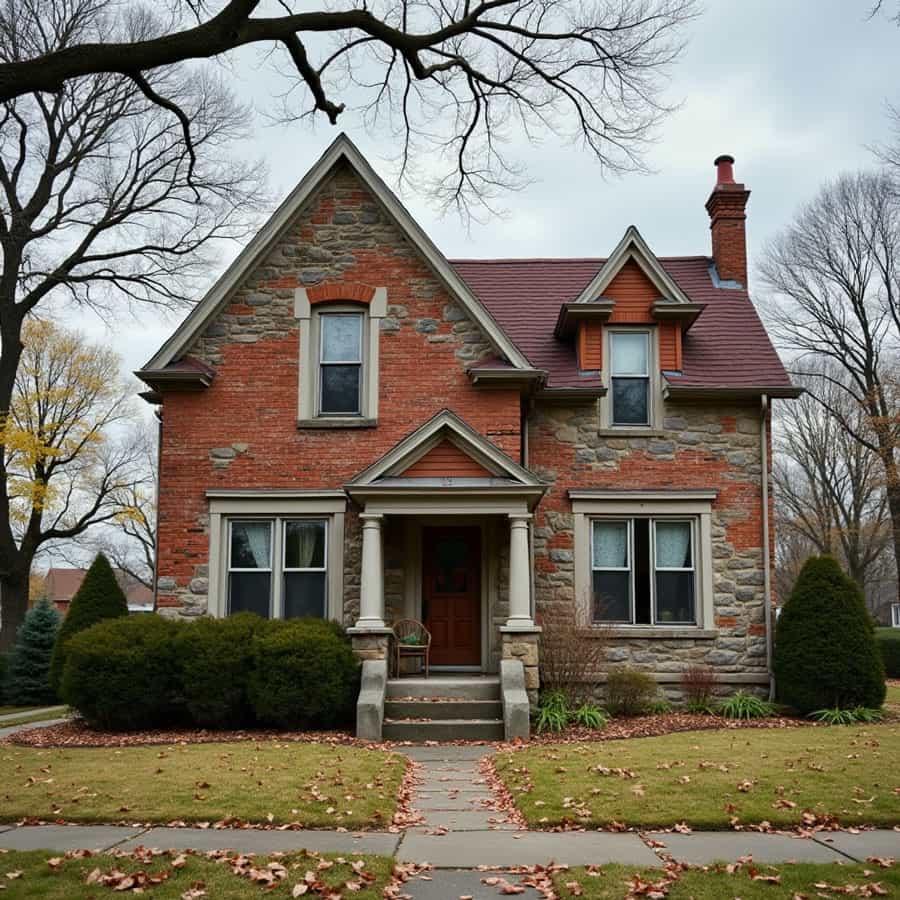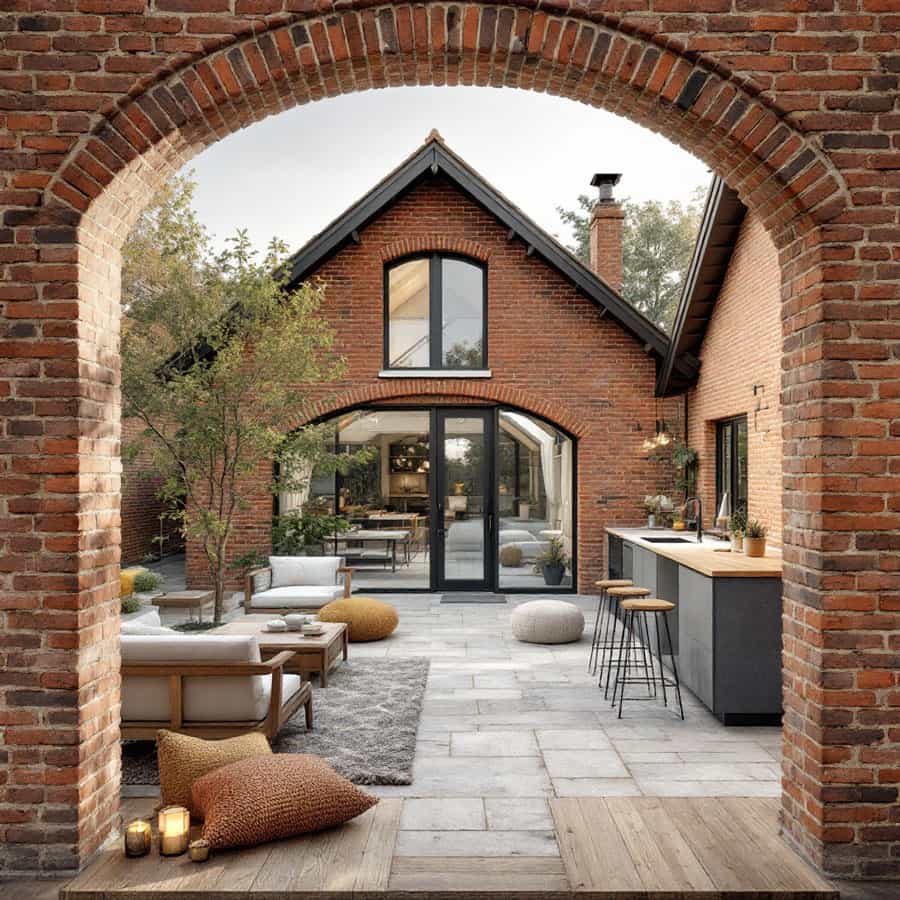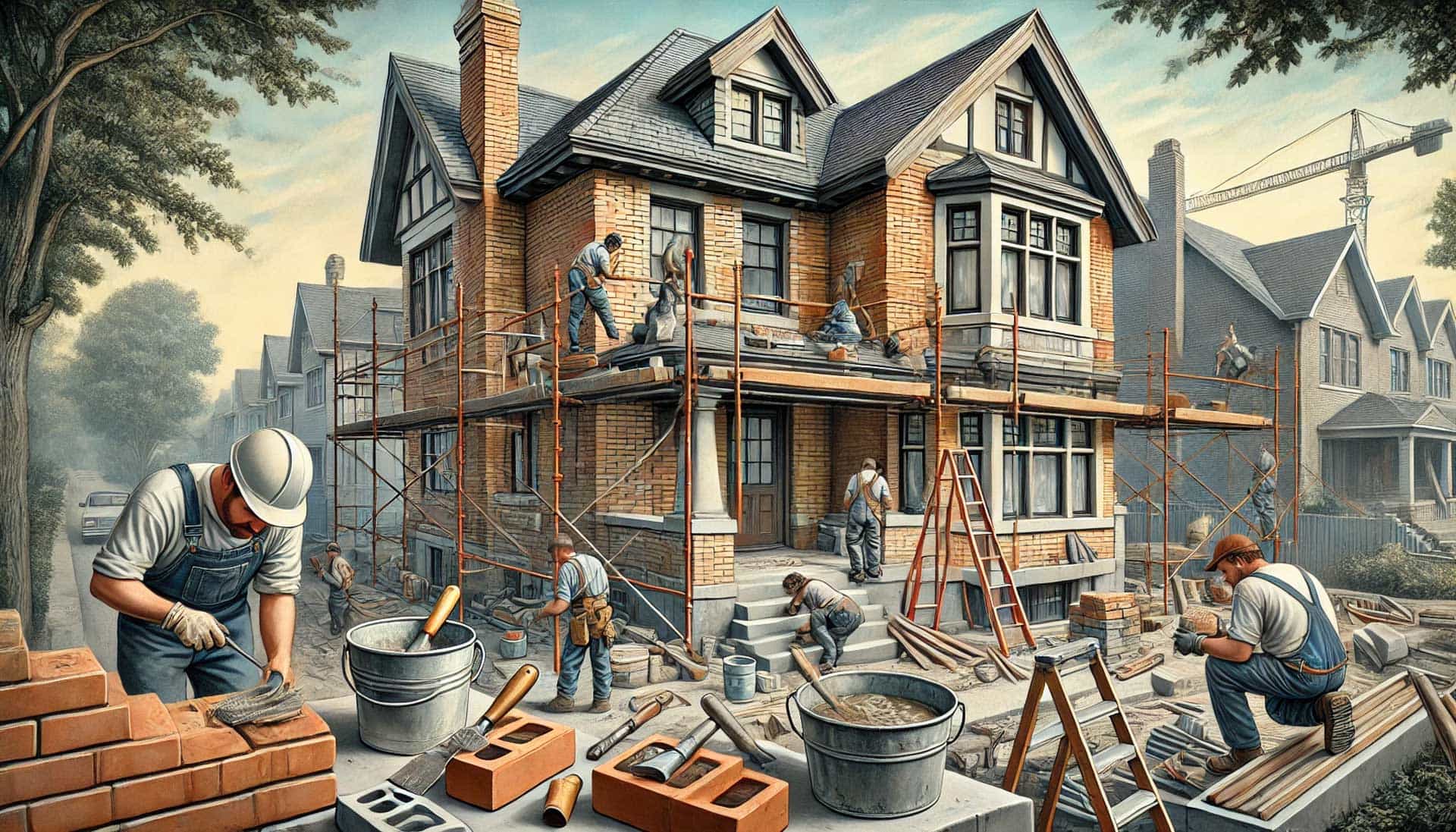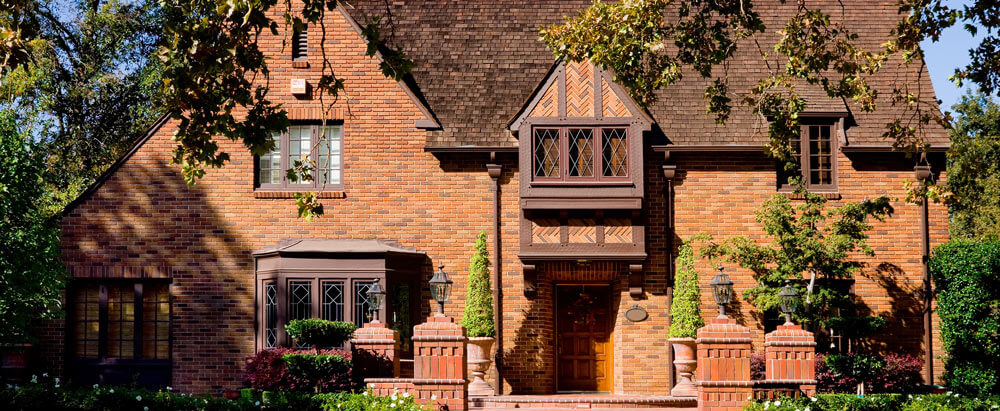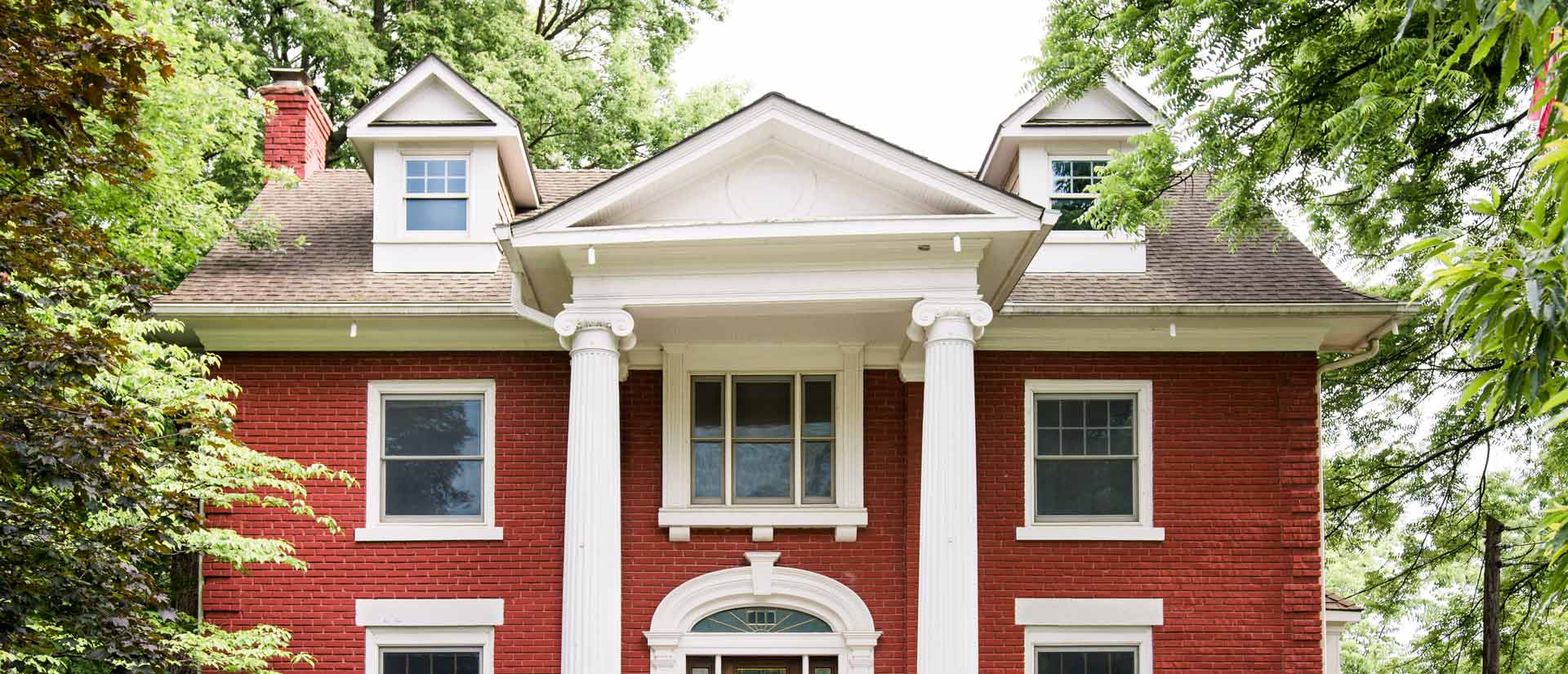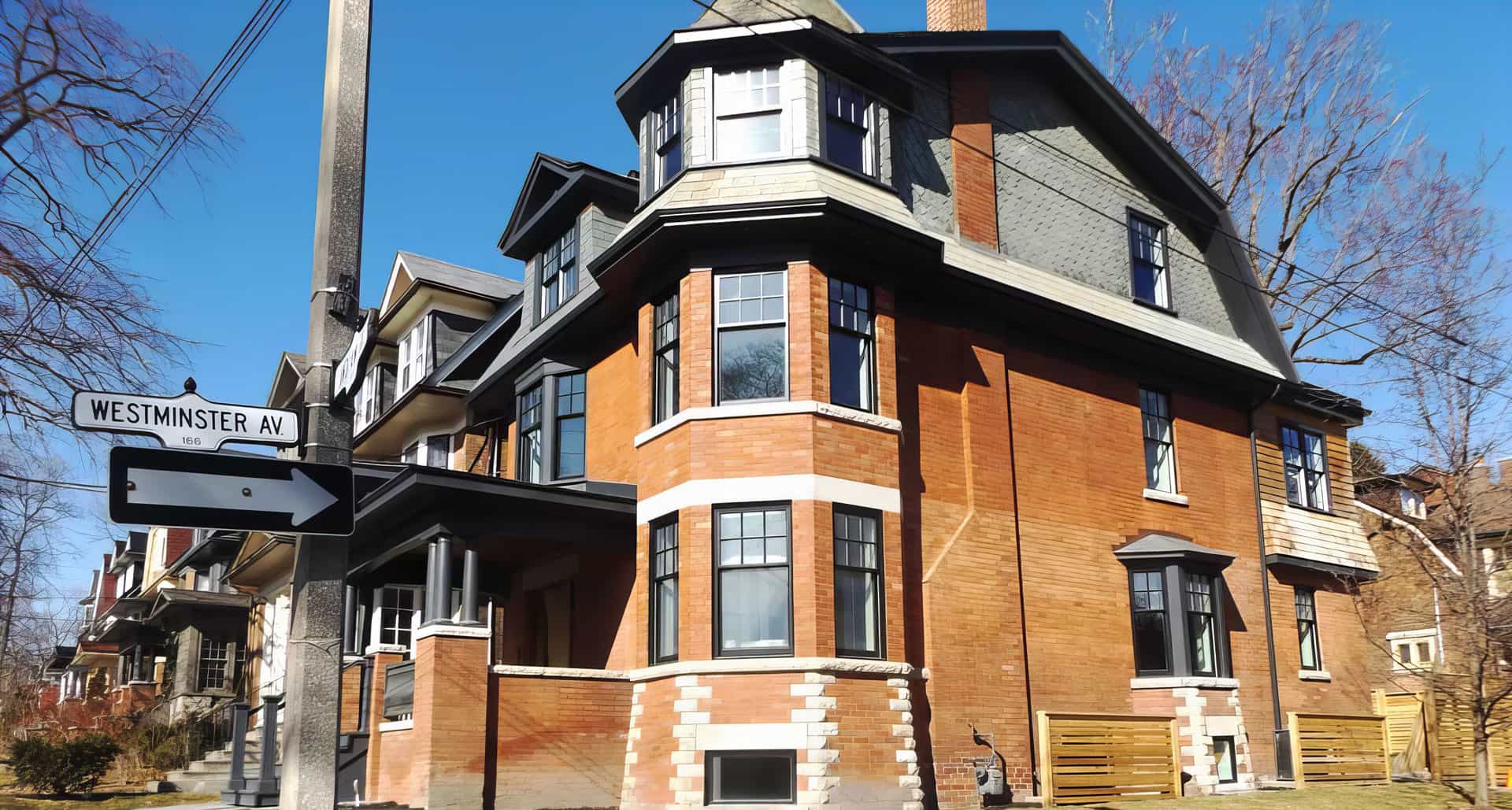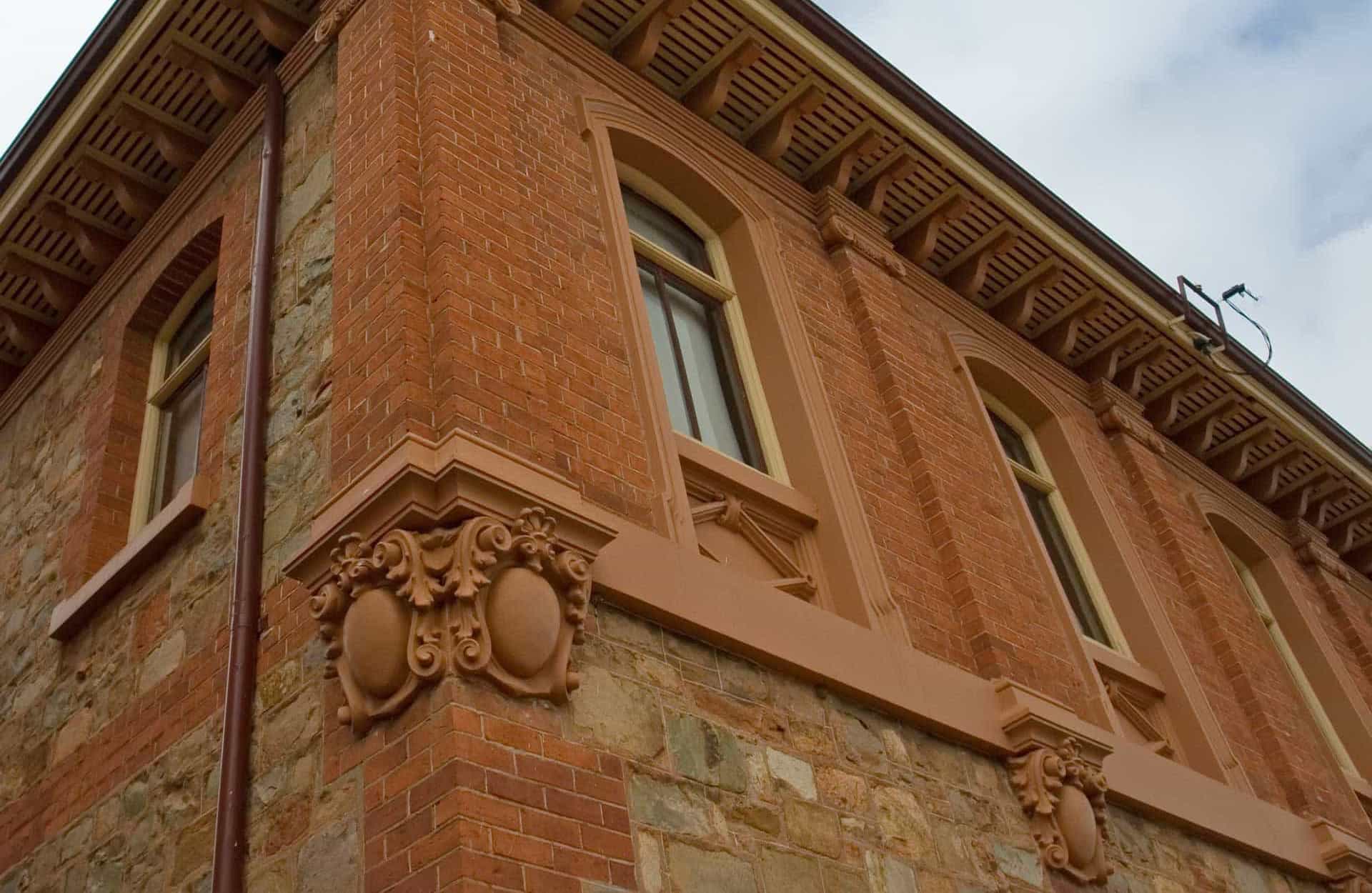Toronto, a city known for its vibrant culture and stunning architecture, has a hidden treasure trove of abandoned buildings. These neglected structures, once symbols of decay, are now being revitalized through the art of masonry. Here are some inspiring stories of how masonry has breathed new life into forgotten spaces, turning ruins into riches.
- Eva’s Housing for Homeless Youth
In 2017, LGA Architectural Partners transformed an old industrial building into a neighbourhood for homeless youth in Toronto. This innovative project utilized the existing masonry structure, creating a warm and welcoming environment for those in need.
- The Auto Building: A Historic Transformation
Constructed in 1919, the Auto Building was once the tallest structure in Toronto. This old aluminum factory was transformed into Toronto’s Museum of Contemporary Art, preserving its concrete flat slab engineering. The restoration maintained the building’s historic charm while adapting it for modern use.
- The Masonry Apartments in Richmond, VA
Though not in Toronto, The Masonry Apartments offer a compelling example of how an old engine company building can be carefully transformed into charming apartments. The project showcases the potential of masonry in repurposing old structures.
- Queen Richmond Centre West
The Queen Richmond Centre West in Toronto is another example of modern architectural transformation. The project demonstrates how masonry can be used to blend old and new, creating a space that respects history while embracing the future.
- Adaptive Reuse and Renovation Projects
Various adaptive reuse and renovation projects have given spaces a second chance, including the gut renovation of a former masonry factory built in the 1920s. These projects highlight the versatility and sustainability of masonry in building restoration.
The Power of Masonry in Restoration
With its timeless appeal and durable nature, Masonry plays a crucial role in restoring abandoned buildings. It offers a sustainable solution, preserving the historical integrity of structures while allowing for modern adaptations.
Sustainability
Masonry restoration promotes sustainability by utilizing existing materials and reducing waste. It’s a practice that aligns with the global push towards eco-friendly construction.
Historical Preservation
Masonry enables preserving historical features and maintaining the cultural heritage of buildings. It’s a delicate balance between honouring the past and accommodating the present.
Economic Revitalization
Transforming abandoned buildings through masonry enhances the city’s aesthetics and contributes to economic revitalization. These restored structures often become community engagement, commerce, and art hubs.
Conclusion
From ruins to riches, the transformation of abandoned buildings through masonry in Toronto is a testament to the creativity, skill, and vision of architects, masons, and community leaders. These inspiring stories showcase the potential of masonry in breathing new life into forgotten spaces, turning them into vibrant centers of community and culture.
The art of masonry, deeply rooted in tradition yet adaptable to modern needs, continues to shape Toronto’s architectural landscape. It’s a reminder that even in decay, there lies an opportunity for renewal and that the old can be made new again with the right touch.


